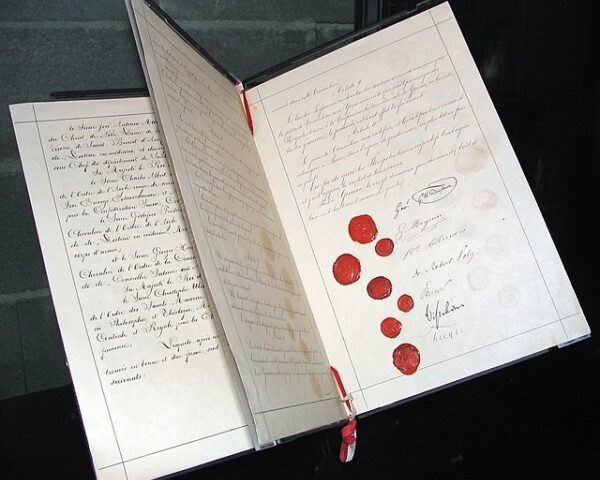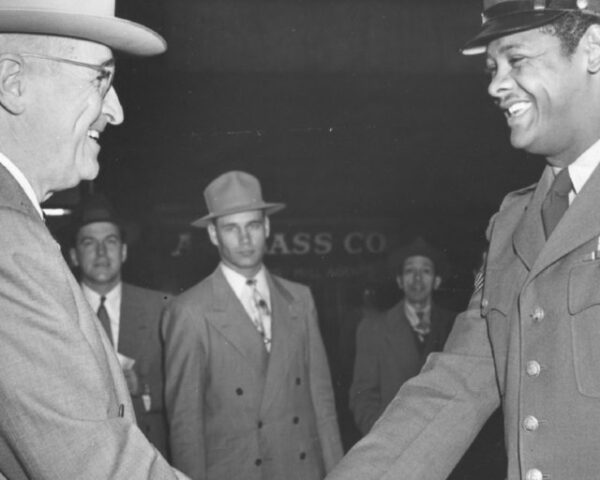The Battle of Midway, fought from June 4 to June 7, 1942, stands as a crucial naval engagement in the Pacific Theater of World War II. This battle dramatically altered the course of the war by halting Japanese expansion and shifting the balance of naval power to the Allies.
Following a series of successful campaigns, including the capture of the Philippines, Malaya, and Singapore, the Japanese sought to deliver a decisive blow by targeting Midway Atoll, strategically located approximately halfway between Asia and North America. Admiral Isoroku Yamamoto, who orchestrated the attack on Pearl Harbor, devised a plan to lure the American fleet into a trap and destroy its aircraft carriers. This plan involved a complex operation intended to seize Midway, thereby extending Japan’s defensive perimeter and providing a base for future operations. However, American cryptographers had made significant breakthroughs in deciphering the Japanese Navy’s JN-25 code. By late May 1942, U.S. intelligence had ascertained the general outline of Japanese intentions, including the timing and target of the attack.
Armed with this crucial intelligence, Admiral Chester W. Nimitz, Commander in Chief of the U.S. Pacific Fleet, devised a counterstrategy. He dispatched his three available aircraft carriers—USS Enterprise, USS Hornet, and USS Yorktown—to positions northeast of Midway. This positioning was intended to ambush the Japanese fleet. Despite having suffered damage at the Battle of the Coral Sea, the USS Yorktown was quickly repaired and readied for battle, contributing significantly to the American force.
The battle commenced on the morning of June 4, when Japanese aircraft launched an assault on Midway Atoll. Although they inflicted considerable damage, the island’s defenses remained largely intact. Meanwhile, American carriers had located the Japanese fleet. The first wave of American torpedo bombers suffered devastating losses due to inadequate fighter protection and effective Japanese defensive maneuvers. However, these sacrifices were not in vain, as they drew Japanese fighter cover down to sea level, leaving the enemy carriers vulnerable.
At around 10:20 AM on June 7, American dive-bombers from the Enterprise and Yorktown arrived undetected at high altitude and launched a surprise attack on the Japanese carriers. Within minutes, three of the four Japanese carriers—Akagi, Kaga, and Soryu—were ablaze and sinking. The fourth carrier, Hiryu, launched a counterstrike that severely damaged the USS Yorktown. However, Hiryu itself was located and destroyed by American dive-bombers later that day.
The loss of four carriers, along with over 250 aircraft and many experienced pilots, was a devastating blow to the Japanese Navy. Conversely, the Americans lost one carrier, the Yorktown, and a destroyer. The strategic consequences of the battle were profound. Japan’s capacity for offensive operations was significantly diminished, and its expansionist momentum was irreparably halted. The U.S., on the other hand, seized the strategic initiative and began a series of offensive operations that would eventually lead to Japan’s defeat.






